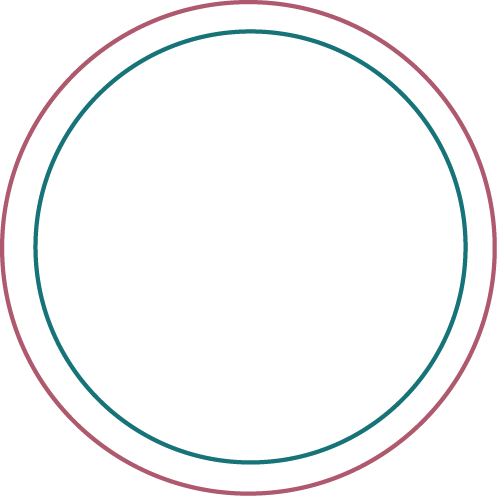The stack is shorter. I started the week with a long series of articles on new media technologies and as I have turned each page, I have learned a great deal. I wish I could blog about them all but because there are still some left, not to mention other things to attend to, my time is limited. But I would do a great disservice if I did not mention one that blew me away, both for its content and its eloquence. Kris Cohen, a Ph.D student at U of C, published a short but rich piece entitled What does the photoblog want?
There is a lot more there than a mere 19 pages may first seem to suggest. I have the feeling I will go back to it again to mull over the different strains he ties together in a coherent and enticing knot. Today what spoke to me most strongly was his demonstration of how technologies can work in concert not only in ways unexpected, but in way that produce a dense (and surprising) matrix of personal desire and motivation. Among other things, he shows how a piece of technology, the camera, can acquire a whole new life and trajectory when it is animated within the context of another technology, the photoblog:
One function of the photoblog, its practitioners say, is to provide motivation for taking photos. The photoblog provides structure for photographs, gives them something to do, compels their production via the motivating external abstractions of a project. This makes the photoblogger answerable not to her own (some- times unreliable) self, but to her blog and its audiences, however hypothetical these are, however unknown.
What I mean is: the photoblog is both what photoblogger want (a record of their everyday lives and idiosyncratic vision) and the means for achieving it (that is, the desire to achieve it).
In union with photography, the photoblog functions as a verb: motivating, justifying. In union with photographs, the photoblog functions as a noun: collection, site.
Moroever, if the photoblog refigures the act of taking pictures, of the very stuff of desire and motivation, this piece also show us how this new practice of photoblogging alters the very nature of the Real, of what it may mean to record our daily lives, everyday:
Notice not just how Edís desires begin to articulate an interestingly recon?gured photography, but how his technological fantasy is also a fantasy about his life. He wants to proliferate photography so that it becomes less distinct from his life in general. An in?nite expansion of
photography in this way would effect an in?nite regression as well: being everywhere, photography would also be nowhere.


